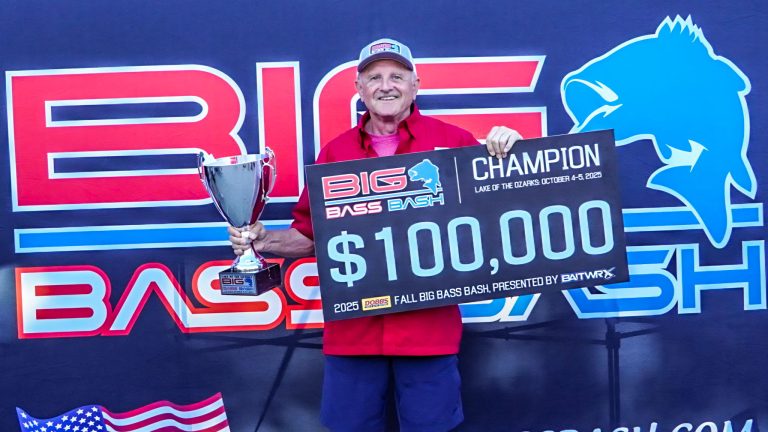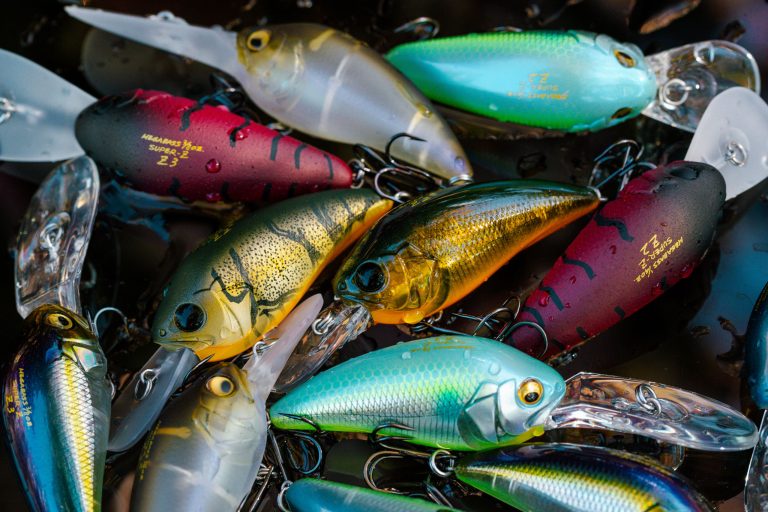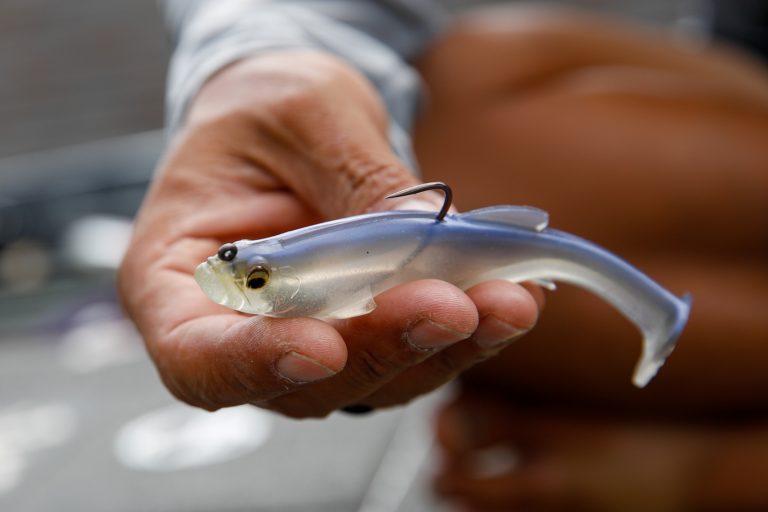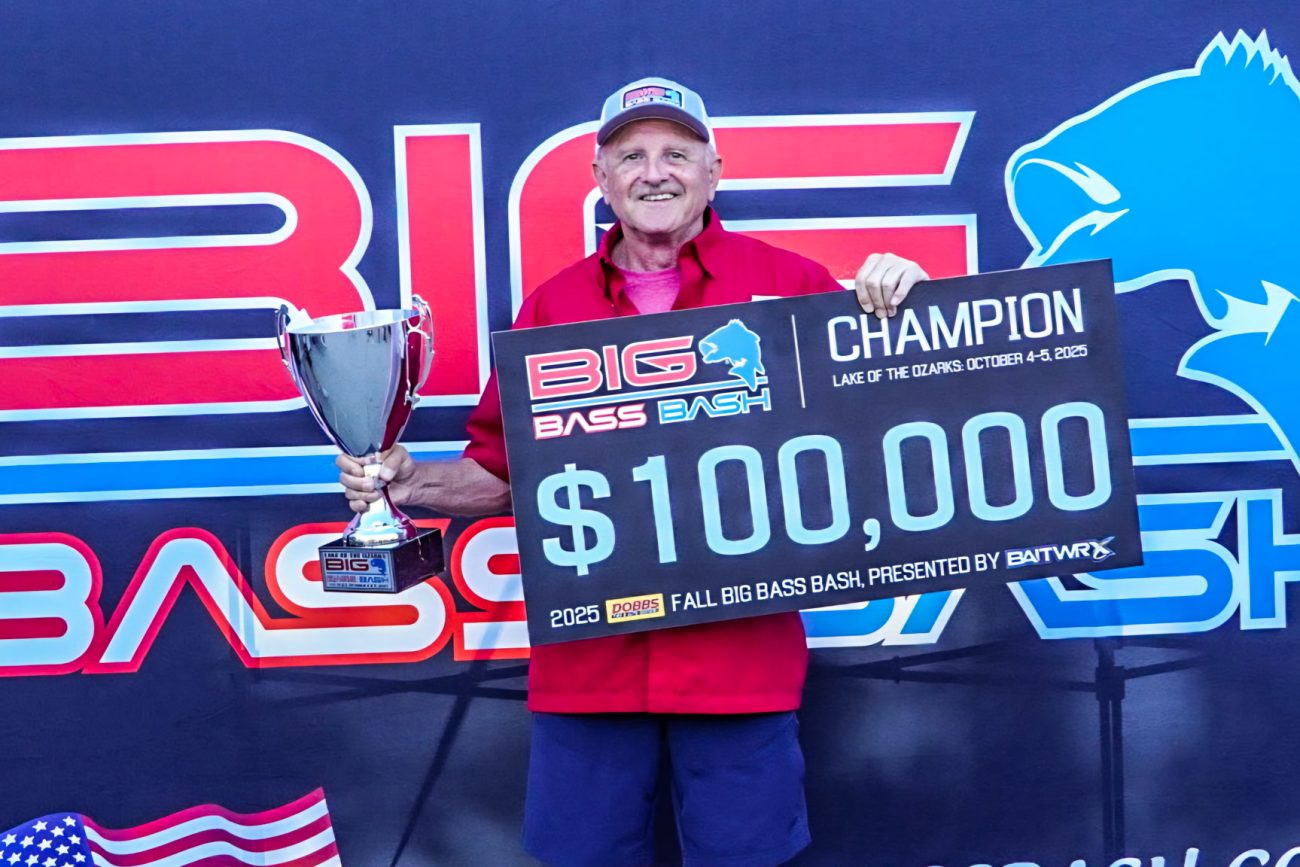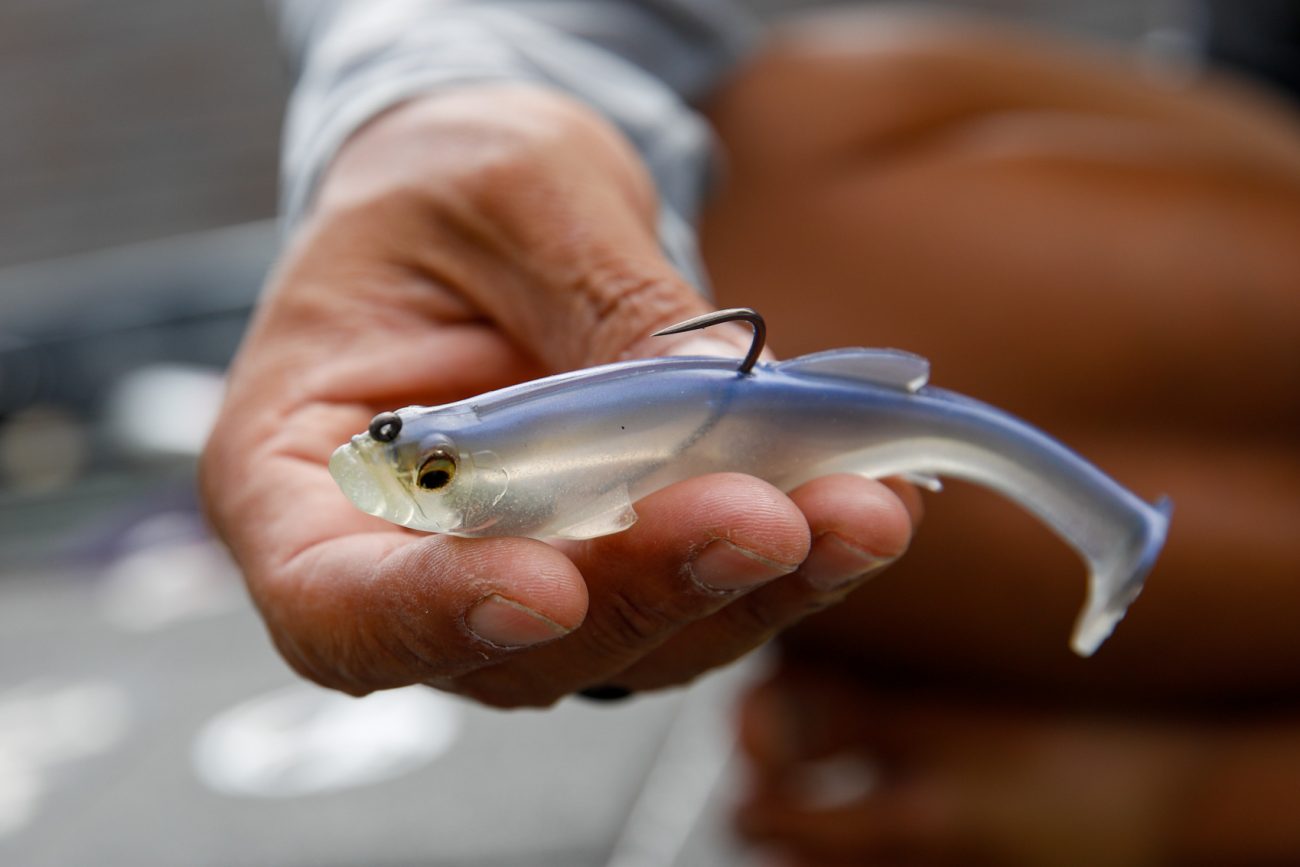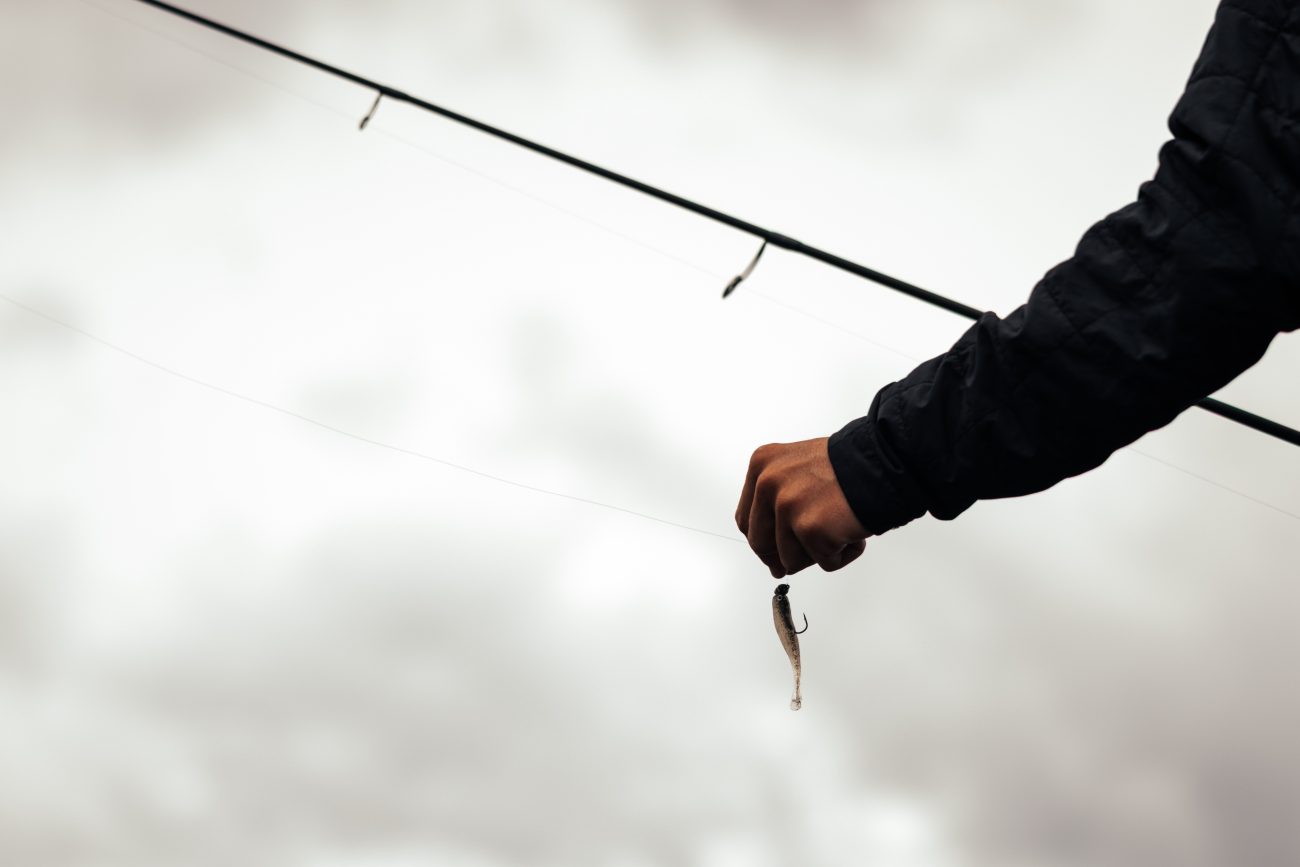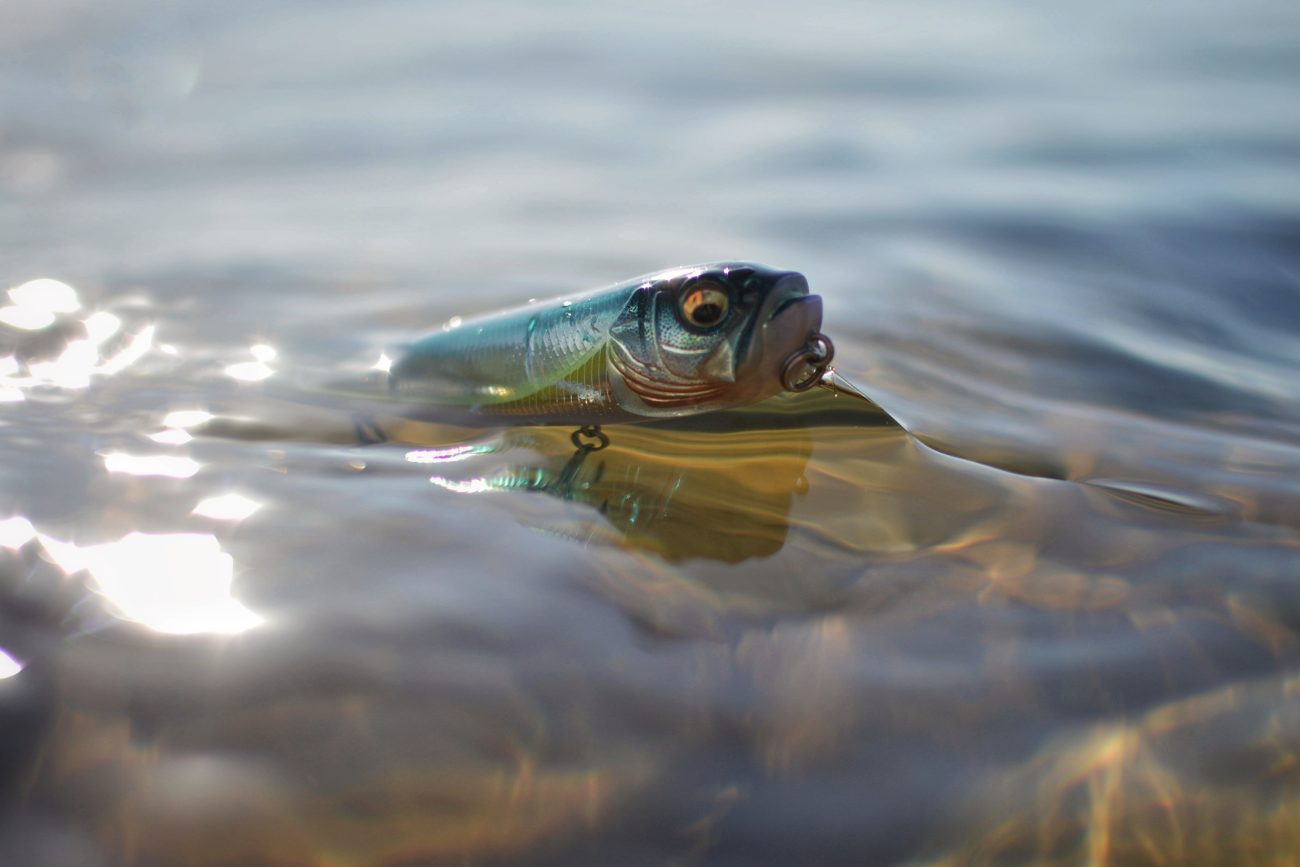We all know that selecting the best lure color will generate more bites from better quality fish. This is especially true in larger baits like the Magdraft swimbait. Today, we’re going to dive into Magdraft color selection and lay a foundation for choosing the best color based on several key variables:
- Bass Mood and Personality
- Light Intensity
- Wind & Water
- Fishing Pressure
- Observation and Adaptation
Bass Mood and Personality
For bass to consistently commit and strike large swimbaits, they often need to be in an active feeding mode. This feeding window is only one factor that will trigger strikes. Other strike factors often attributed to bass include curiosity, territorialism, competition and pure reflex. In general, if a bass is drawn to a large swimbait and is not in an active feeding mode, many times they will simply follow the bait, hit the tail, or strike the lure with their mouth shut. In these situations, color changes can often activate different strike instincts and turn followers into feeders. Try changing to a higher contrast color first (one that stands out more in the specific waters you’re fishing. If that doesn’t provide the trigger, try a color that blends in more (for example, a more transparent color that almost gets lost in the water).
Light Intensity
When considering these variables, remember that while the Magdraft has a thumping action that activates lateral lines, swimbaits are also sight lures. Color is critical when bass visually target their prey. Low light conditions act as cover for bass and reduce visibility, causing bass to be more reactive feeders. Under low light conditions, using a highly visible color such as Albino Pearl Shad will visually draw bass from greater distance. Under bright, high light intensity days, bass may shy away from brighter colors, and attack a more subtle color, such as MB Gizzard. For days with light intensity conditions somewhere in the middle of these two extremes, a color with a mix of highly visible/subtle appeal like Borealis Shad or White Back Shad will be a solid base to start from.
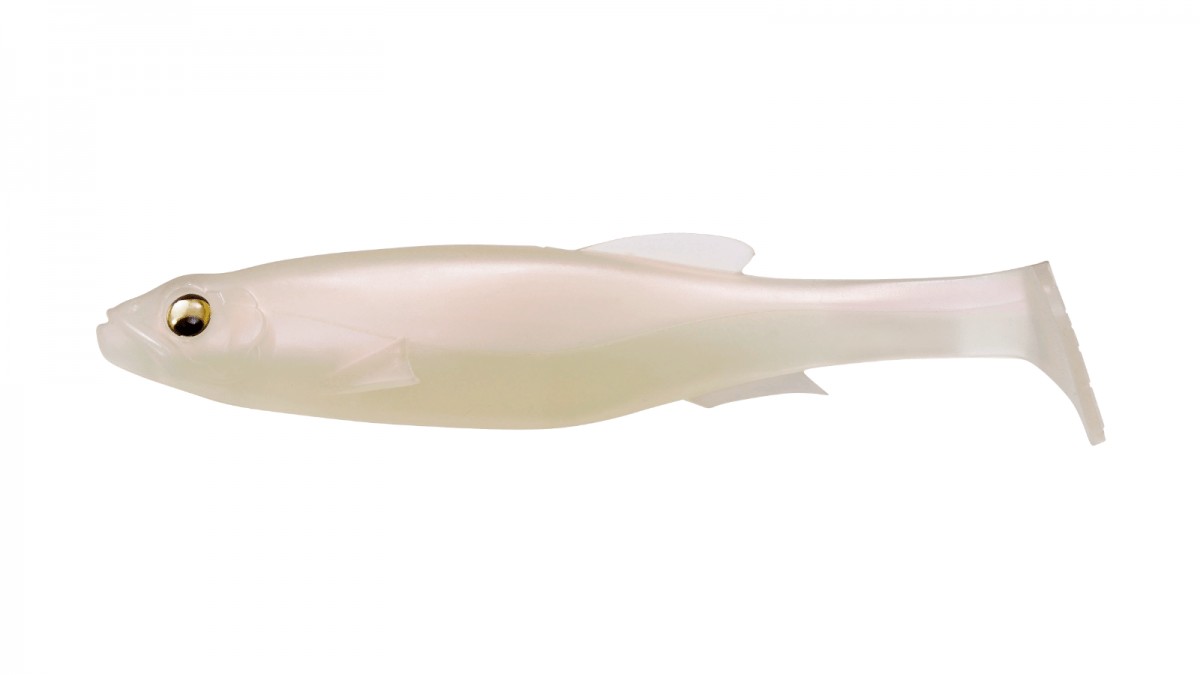
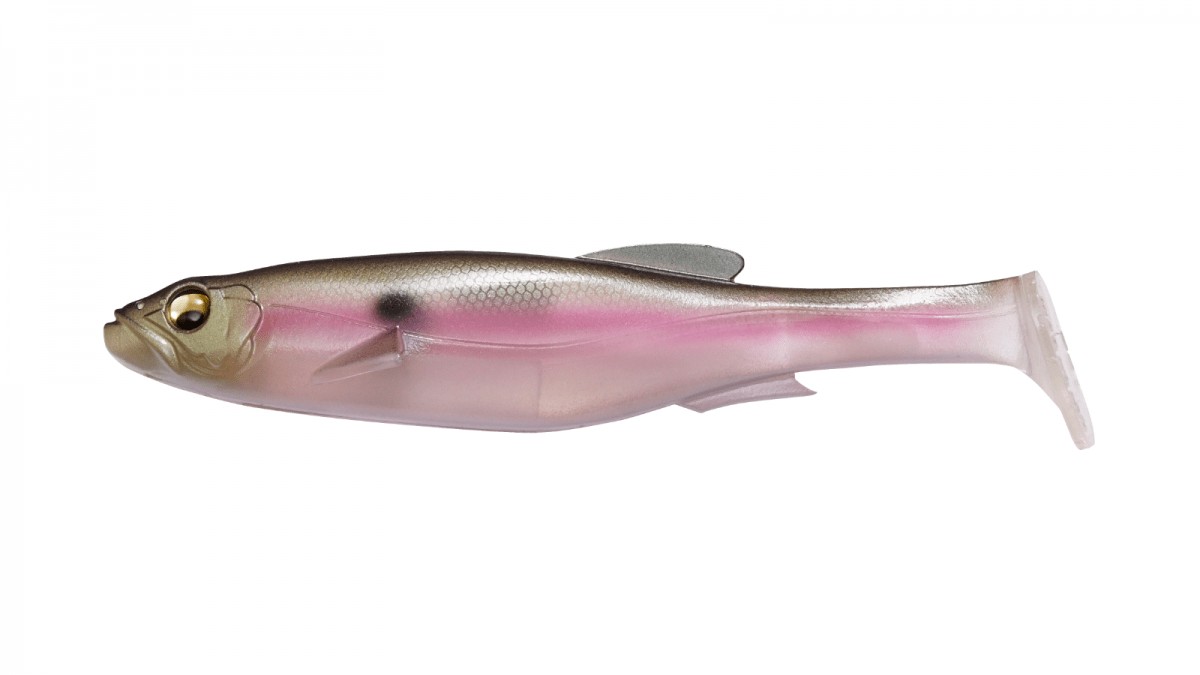
Wind and Water
When choosing colors for the Magdraft, wind and water clarity must be taken into consideration, as they work together. Let’s use the extreme example again. At one end of the spectrum, is clear water (over 4-foot visibility) and calm conditions. These conditions give bass the greatest visual clarity and will cause the bass to be very spooky and aware of a large lure. Therefore, subtle, translucent colors are often the best place to start. The color transformation selection occurs with incremental increases in wind speed and a reduction in water clarity. In other words: the more wind and/or color in the water, the more your color should stand out. Less wind and more water clarity often means a more transparent color that blends into its surroundings will succeed.
Fishing Pressure
Fishing pressure is a factor that is seldom brought up in color selection, but it definitely plays a role. When bass are highly pressured by anglers, often color choice becomes more strategic. Often, we’ve noticed that bass react to increases in fishing pressure almost like a cold front that passes through. Generally, they become more wary and less aggressive. In this situation, you will often find the brighter and more pronounced colors to be less effective, even if the other environmental variables point to them. In general, the more natural colors will be much more productive in heavy fishing pressure situations, with one caveat: outlier colors will at times outperform when there is significant pressure from one category of lure (e.g. a lot of boats are throwing swimbaits). On a lake of swimbaits, at times the most visible or most subtle color on the extreme end of the spectrum will outproduce since they are so differentiated from what others are throwing. Don’t be afraid to test the limits of your assumptions!
Observation & Adaptation
Finally, one of the most critical elements in selecting the best Magdraft swimbait color is learning to understand how the color interacts with its environment. This is an eye that is honed through experience, but perhaps the easiest way to describe it is: the color you start with should often blend in AND stand out. For example, maybe the belly color almost gets lost in the water, but the back color has some contrast that you can visually track. This balance will change with the conditions and variables outlined above, requiring constant reevaluation and fine-tuning.
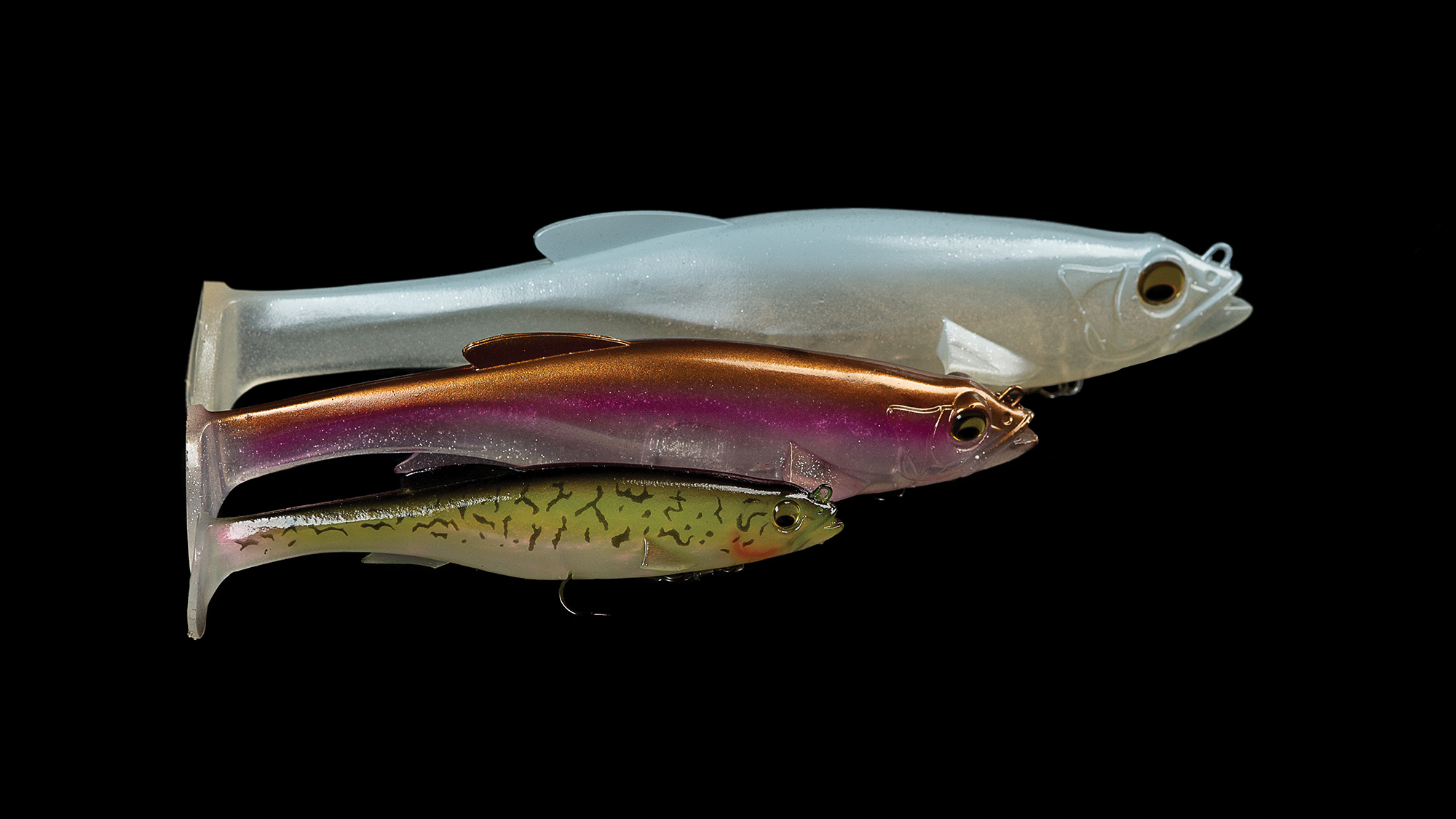
While these variables help define initial color selection and provide the beginnings of a roadmap as conditions change, there are few hard and fast rules in bass fishing. Keep an open mind and listen to what the environment—bass, weather, etc.—are telling you. Refine your approach, and most importantly, share your insights with other anglers! There are few things as satisfying as a dialed-in bite. We’re right there with you.
Thank you for trusting your bite to us. #Magdraft

